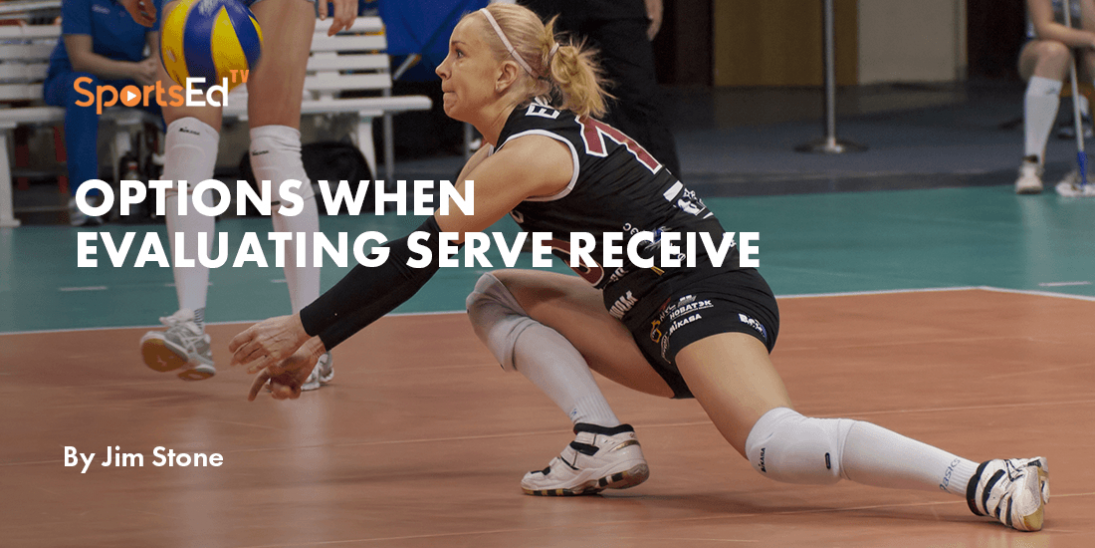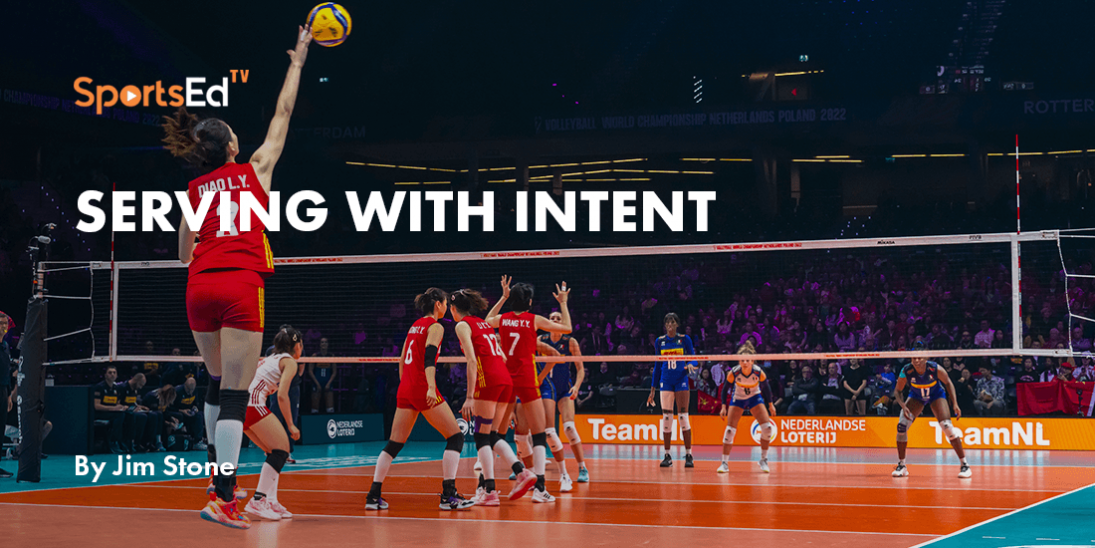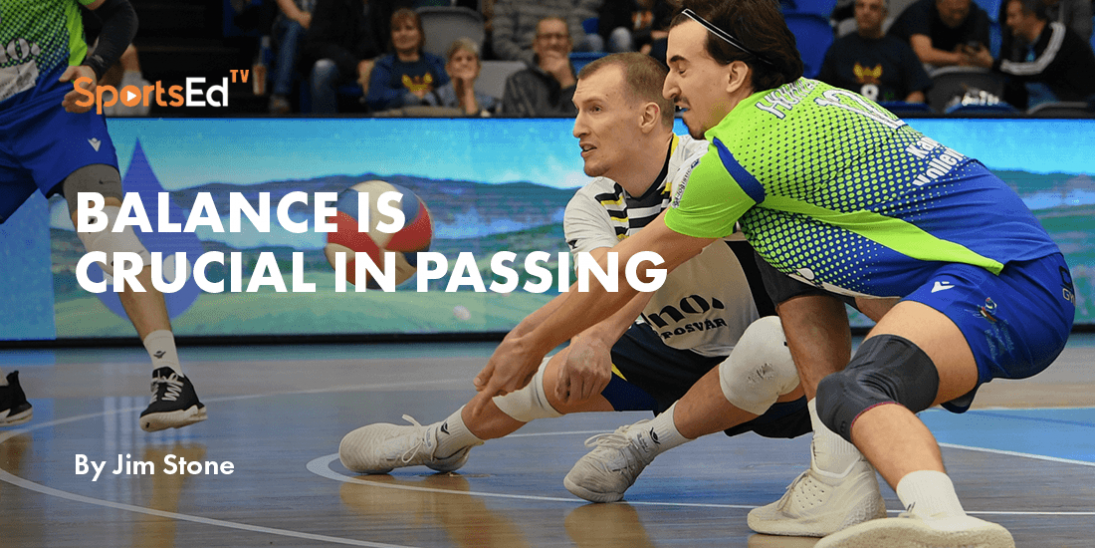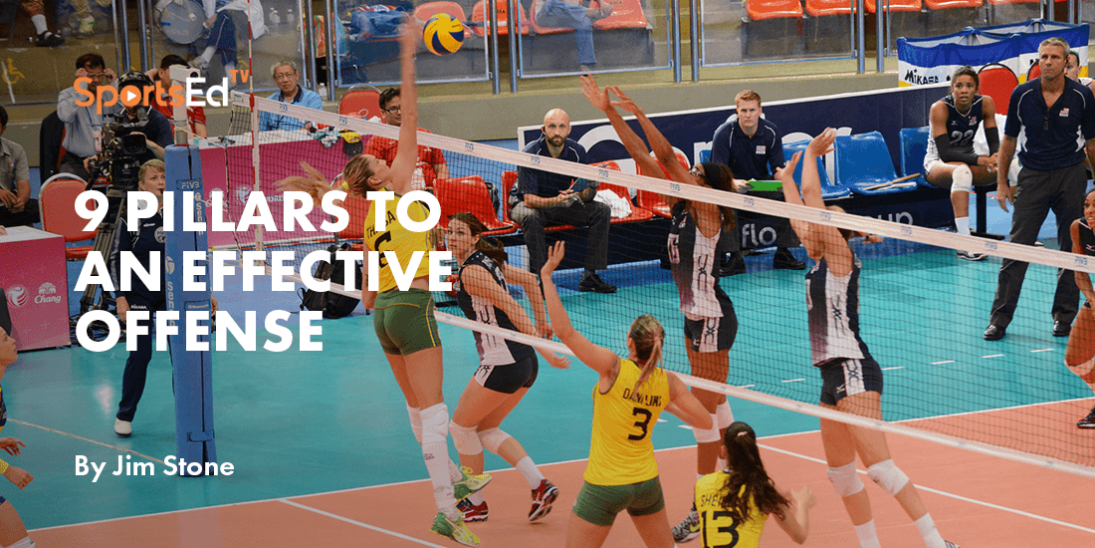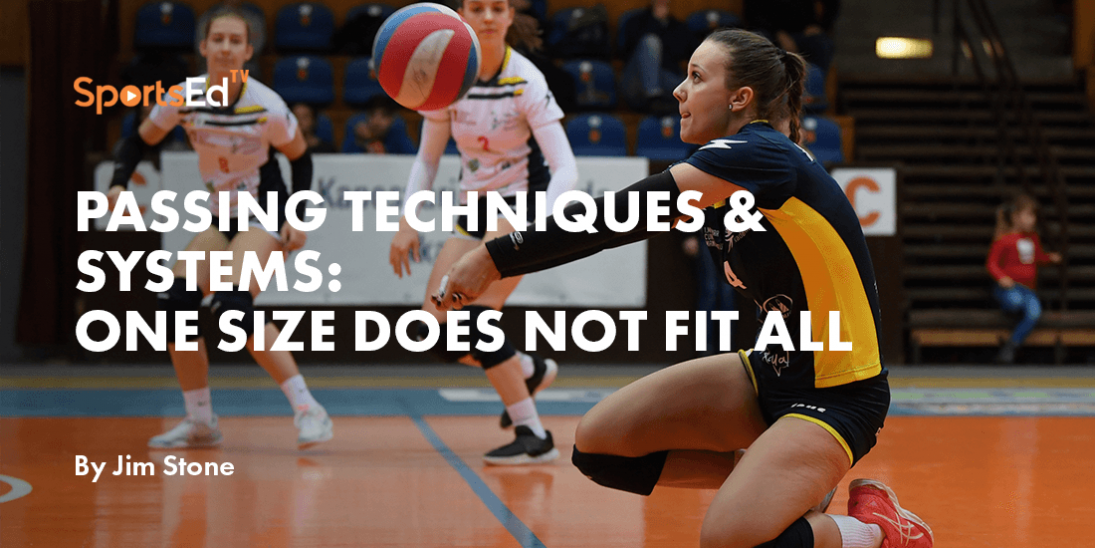Volleyball
Welcome and thanks for visiting...

The Nine Pillars Of Volleyball Defense
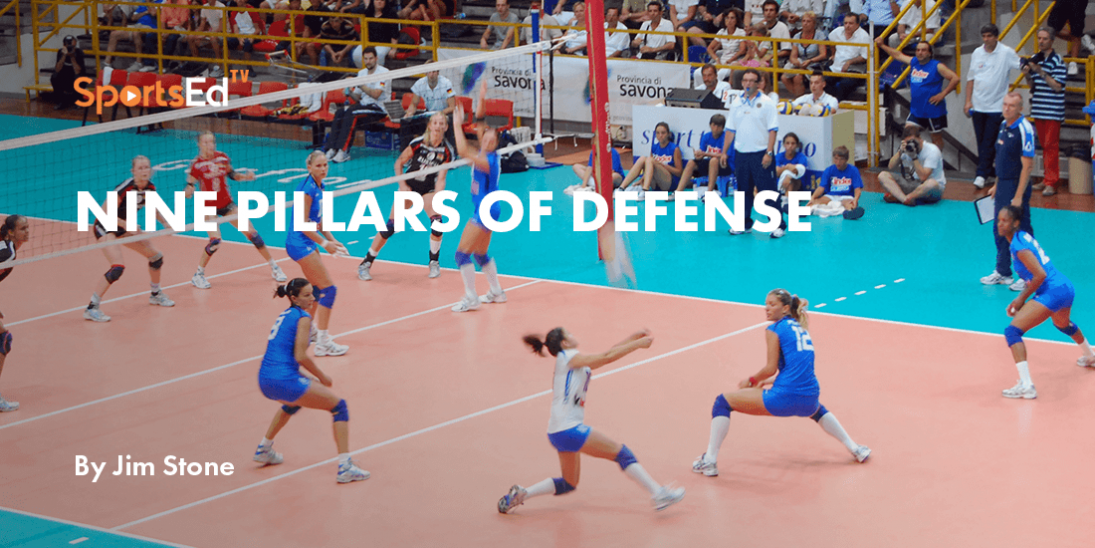
When looking at the game from a defensive perspective, you must include the serve. The serve might impact the options available for the offense, thereby influencing the movements of the blockers and defenders. For this article, I’ll focus on the concepts I implement when setting up the defense without regard to specific offensive or serving situations.
What is defense in volleyball?
Volleyball defense refers to the strategies, techniques, and movements used by a team to prevent the opposing team from scoring points. It involves a combination of individual and collective efforts to stop the opponent's attack, maintain control of the ball, and ultimately secure the rally.
The nine pillars of volleyball defense include:
#1 – No off-speed shot can hit the floor
Defending against the power of a hard-driven attack can be a major challenge in volleyball. If the opposing team can also score through low-error tips and roll shots, the defense can easily fall apart. To handle the off-speed attack, coaches can design their defenses to counteract it, train their players to recognize the visual cues and anticipate the attack, and enhance their defensive floor skills to cover a wider range. Furthermore, a competitive mindset on defense, where players are determined to keep the ball from hitting the ground, is also critical. Stopping the off-speed attack is crucial, as this type of attack has a high success rate of going in-bounds 99% of the time. With such a high scoring potential, there is little need for the opposing team to risk hitting the ball too hard and making an attack error.
#2 – The Most Dangerous Hitter Receives the Most Attention by the Block
Protecting the court from opposing attackers can be a daunting task, especially when all of them possess the potential to score. However, it is common practice for the block to initially focus on all attackers equally. To maximize the effectiveness of the defense, the starting position of the blockers should be based on the attackers' strengths or the likely location of the set. This approach requires all blockers, particularly the middle blocker, to adjust their starting court position dynamically in order to minimize the distance to defend against the strongest hitter.
#3 – All Blockers Should Be Comfortable with Shuffle and Crossover Footwork on the Block
In each attacking scenario, the conditions will differ based on the proficiency of the pass, the quality, speed, and trajectory of the set, and the attacker's approach. Hence, all blockers must be versatile in their movement techniques. Limiting their training to just one form of footwork for blocking is an error in coaching. The necessary distance of movement, the pace of the opponent's offense, and the blockers' own capabilities demand versatility in movement. Blockers must be adept in using various techniques such as the shuffle step, 5-step, 3-step, 2-step, and 1-step crossover footwork.
#4 – The block should funnel the attack to the best defenders
Defenders differ in their skills, and therefore, not all areas of the court should be defended equally. The best defenders should be positioned where most attackers tend to hit, i.e., the center back or crosscourt areas. The blocking strategy should aim to block off other court areas and steer the attacker toward the strongest defensive players.
#5 – All Players Should Develop Defensive Floor Skills
The upright and stationary posture commonly taught to defend restricts court coverage. To increase coverage, players must be comfortable diving and playing the ball from a low position. Incorporating floor skills into training will help develop confidence and comfort in moving quickly to the ball. To improve reaction time, it is important for players to initiate disciplined foot movement before the attack, as it is easier to move quickly when already in motion.
#6 – Visual Cues for Blockers and Backcourt Defenders Are Essential
Developing the skill to shift focus from the ball to seek visual cues from the offense can greatly enhance the efficiency of both blockers and backcourt defenders. It's important to understand that the eyes can only concentrate on one thing at a time. Hence, it's crucial for blockers and defenders to have a clear understanding of the key visual cues that require their attention so that they can predict plays instead of simply reacting to what has already happened.
#7 – Overhead Digging Is an Underutilized Skill
The art of digging involves using the hands to defend an attack, thereby increasing the coverage area of the defender. It's crucial to note that overhead digging is not the same as setting, as the speed of the attack makes it impossible to set the ball. Instead, the hands should be held together and cupped to redirect the attack to the desired location.

#8 – Since Most Sets Go to the Opponent’s Outside Hitters, The Blocking Posture Should Facilitate Lateral Movement
At many levels of play, it is common for 70% of the sets to go to one antenna or the other. To be prepared for this, blockers should adopt a starting posture that enables quick lateral movement. This can be achieved by dropping the hands to chest height or lower, bending the knees, and having weight on the balls of the feet. To further facilitate a quick first step, blockers can also use a stretch-reflex movement to load their legs.
#9 – Teams Should Have Multiple Defensive Systems
Teams that limit themselves to a single defensive strategy without considering their opponent may find themselves at a disadvantage. It's important for a team to have versatility in their defensive strategies, taking into account the opponent's offensive system, the tendencies of individual attackers, and the strengths and weaknesses of their own defense. An effective coach considers all of these factors when creating multiple systems that can be adjusted based on the opponent's rotation, the attacker, the point of attack, the score, etc.
The combination of the nine pillars of defense in volleyball requires a great deal of technical ability, understanding of the game, and dedicated practice. While a solid sideout offense is crucial for winning sets, a well-designed defense will put pressure on the opposing team to score points. It's important to keep in mind that defensive plays, such as digs, do not earn points. It's only when the ball is killed that points are scored. As you work on improving your defense, don't forget to also focus on transitioning to offense. A dig without a follow-up kill only gives the other team another chance to score.



